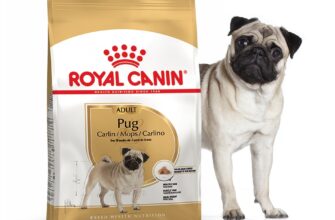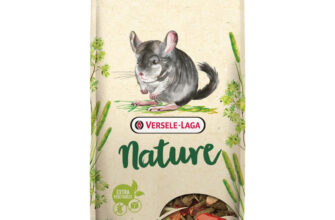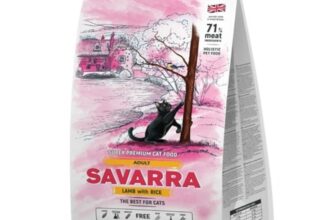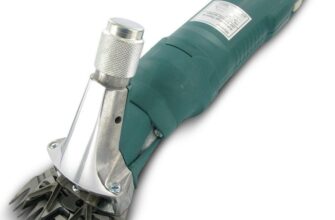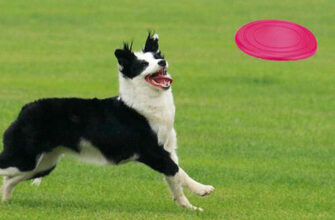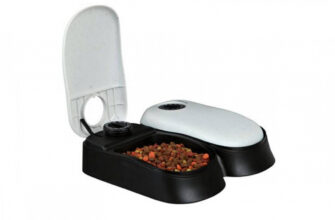Review of the best according to the editorial board. On the selection criteria. This material is subjective and does not constitute advertising and does not serve as a purchase guide. Before buying, you need to consult with a specialist.
Soil is needed in an aquarium not only for beauty: like the floor in a house, it performs many more important functions. It is in the soil that bacteria live, neutralizing the waste products of the inhabitants of the aquarium. The soil is a source of nutrients for aquarium plants and serves as a substrate for their attachment. Some fish actively interact with the ground – they dig in it, build burrows. In addition, the soil affects the quality of the water in the aquarium, so its choice must be taken as responsibly as possible.
- What to look for when choosing a substrate for an aquarium
- Rating of the best soils for aquarium
- The best soils for an aquarium with a lot of plants
- Power Sand Special M (ADA)
- Advantages
- disadvantages
- DeponitMix (Dennerle) deposit
- Advantages
- disadvantages
- JBL Manado
- Advantages
- disadvantages
- The best soil mixes for standard aquariums
- UDeco “White gravel”, natural, 3-5 mm, 2 l
- Advantages
- disadvantages
- Soil for aquarium Barbus “Mix”
- Advantages
- disadvantages
- Soil for the aquarium “EKOgrunt”, marble chips
- Advantages
- disadvantages
What to look for when choosing a substrate for an aquarium
First of all, determine what kind of fish you will settle in the aquarium and whether there will be live plants, since the characteristics of the soil must correspond to the needs of the inhabitants of your aquarium.
- Fraction. Small fish and plants with a weak root system, as a rule, are laid with fine-grained soil, but it is quite difficult to clean it. Medium-grained is suitable for fish that spend a lot of time at the bottom, bury themselves in the substrate or dig in it. Coarse-grained soil is usually chosen for large enough fish and plants with a highly developed root system; its disadvantage is that food particles can get stuck inside the substrate, decompose and pollute the water.
- The form. The soil particles should not have sharp corners or chips, otherwise the fish, which often dig at the bottom, may get injured.
- Porosity. Soil made from natural porous materials improves water circulation, stores nutrients and promotes the growth of beneficial bacteria, which is especially important for living plants.
- Effect on water. Soil materials can change the hardness and pH of the water in different ways – this is especially true for natural substrates. Most of the inhabitants of the aquarium have certain requirements for these parameters, and they must be taken into account when choosing a substrate.
- The color of the substrate does not affect its quality, but remember that light and especially white soil is likely to darken over time. Yellow and red sand usually contains iron oxides that are harmful to some fish. Poor quality dyes are washed out of the soil and change the shade of the water.
- Nutrition is important for aquarium plants, since it is from the soil that they receive the substances necessary for life. If the substrate is not nutritious by itself, special substrates or fertilizer tablets can be used.
Rating of the best soils for aquarium
| Nomination | a place | Name of product | price |
| The best soils for an aquarium with a lot of plants | 1 | Power Sand Special M (ADA) | RUB 4,480 |
| 2 | DeponitMix (Dennerle) deposit | RUB 1,520 | |
| 3 | JBL Manado | RUB 1,950 | |
| The best soil mixes for standard aquariums | 1 | UDeco “White gravel”, natural, 3-5 mm, 2 l | 296 r |
| 2 | Soil for aquarium Barbus “Mix” | RUB 56 | |
| 3 | Soil for the aquarium “EKOgrunt”, marble chips | 139 RUB |
The best soils for an aquarium with a lot of plants
Living plants saturate the aquarium with oxygen through photosynthesis and participate in its purification, serve as top dressing, shelter and spawning grounds for fish. Several plants can easily fit into a standard aquarium, but if there are enough of them, they require special conditions. Our experts have selected the best substrate options for herbal aquariums.
Power Sand Special M (ADA)
Rating: 4.9
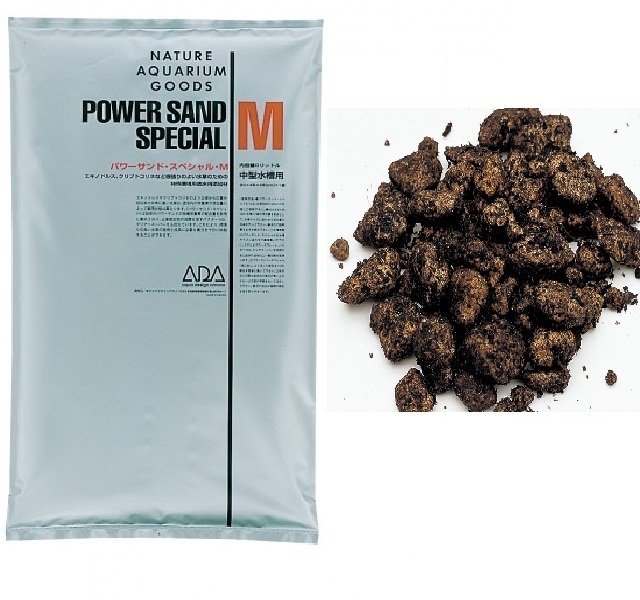
Power Sand Special includes the standard Power Sand nutrient substrate based on porous volcanic stone, as well as Bacter 100 and Clear Super additives, which ensure a quick and effective colonization of the bottom with bacteria already present in the soil itself. the nutrient content of Power Sand Special is several times higher than that of conventional substrates. Porous granules provide good circulation of water in the deep layers of the bottom, and their shape and size allow this effect to be maintained for an almost unlimited period. The size of the granules is selected according to the parameters of the aquarium: at a depth of 40-60 cm, granules of size M are used, less than 40 cm – S, more than 60 cm – L.
Power Sand Special is a substrate that provides active root nutrition for plants. On top of it, it is necessary to lay another layer of the main substrate. A feature of this soil is that in the first days after starting the aquarium, the content of nitrogenous compounds will increase in the water, so you cannot immediately populate fish in it.
Advantages
-
specially designed for growing plants;
-
quickly populates the soil with bacteria;
-
constantly circulates water in the substrate;
-
maximum concentration of nutrients;
disadvantages
-
high price;
-
before settling fish, you need to wait for the stabilization of the water composition;
-
the bottom filter cannot be used with this soil;
-
must be covered with a regular substrate;
DeponitMix (Dennerle) deposit
Rating: 4.8

This nutritional mixture is the result of years of research into the natural habitat of plants. The basis for creating an optimal climate in the soil is quartz sand, a substrate loved by many aquarists, which does not affect the quality of the water and is able to neutralize harmful compounds formed in it. Natural clay, soil and peat serve as a source of nutrients and minerals, accumulate them and give them in accordance with the needs of plants. Ferrous iron concentrate in the form of a chelate gives plants a rich green color. Special porous granules help filter water and are actively colonized by bacteria. The mixture does not contain phosphates and nitrates, which stimulate the growth of algae.
Advantages
-
selected natural ingredients;
-
suitable for any vegetation;
-
harmless to all inhabitants of the aquarium;
-
prevents the appearance of algae;
-
creates optimal conditions for plant nutrition and growth;
-
contains all the necessary nutrients and minerals;
disadvantages
-
applies only in combination with conventional primer;
-
it is necessary to immediately plant the substrate with a large amount of fast-growing flora, otherwise the abundance of nutrients will cause active reproduction of algae;
-
with some probability, the soil may acidify;
JBL Manado
Rating: 4.7
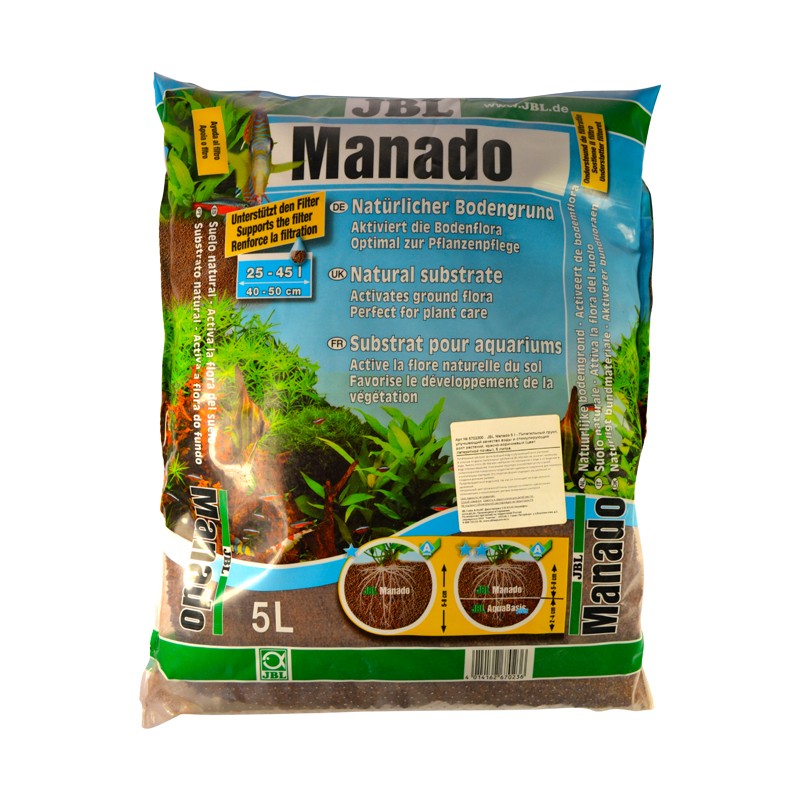
Lightweight porous soil JLB Manado is not nutritious in itself, but is included in the rating due to its buffer functions: it absorbs excess fertilizers in the water and stores them, and in case of deficiency releases them back. This approach constantly provides the aquarium flora with the necessary substances, but prevents the growth of algae. The soil particles are small enough – 0.5-2 mm, round, do not have sharp edges, do not injure the antennae of bottom fish. The soil is neutral towards water and does not emit toxic substances. The porous structure of the grains promotes bacterial growth, water purification and rapid root growth.
The raw material for Manado is clay, as a result it is very light. It will not work to create a relief with such soil, because it “flows” along the bottom all the time. Plants that do not take root deeply may float, especially if there are burrowing fish in the aquarium.
Advantages
-
absolutely safe for fish;
-
the best price-quality ratio in the rating;
-
controls the growth of algae;
-
does not pollute water and helps to filter it;
-
serves as a buffer of nutrients;
disadvantages
-
used in conjunction with a nutrient substrate or fertilizers;
-
easily moves along the bottom, does not hold the relief;
-
rinse thoroughly before use, otherwise the soil “dusty” in the aquarium;
The best soil mixes for standard aquariums
A standard aquarium implies versatility, a harmonious combination of different types of fish and possibly a small number of living plants. When choosing a soil for such an aquarium, you should pay special attention to its harmlessness, fraction, presence of dye, but in general you can focus on your own preferences and beauty. Our experts have selected several inexpensive, but high-quality options for a regular aquarium that is not demanding on water parameters.
UDeco “White gravel”, natural, 3-5 mm, 2 l
Rating: 4.9
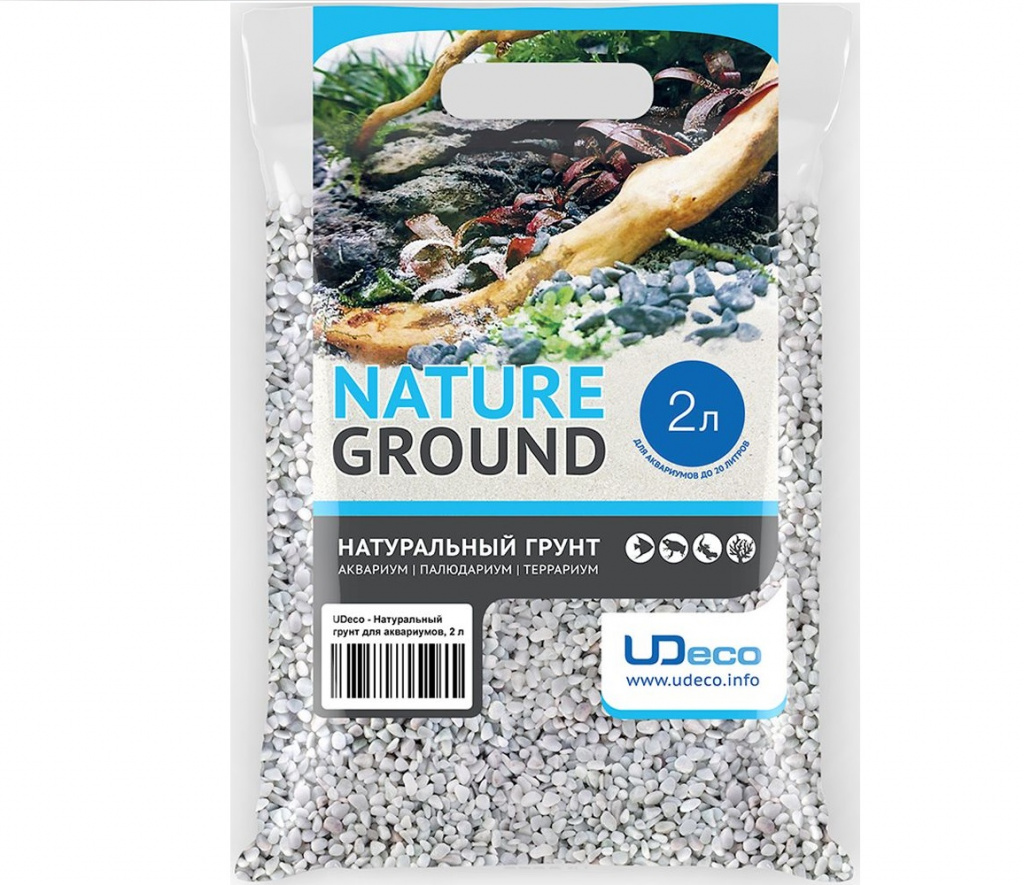
Natural river gravel from the Russian manufacturer UDeco attracts with its natural origin, which excludes dyes and any harmful substances. The pleasant white color of the soil does not change over time. The particle size is from 3 to 5 mm, they do not have sharp corners and will be comfortable for most fish species. In such a soil, not too demanding plants easily take root, it is enough to just take care of it. In addition, according to customer reviews, the soil is not very susceptible to silting. From the side effects of natural raw materials – a very slight increase in water hardness, which will be a plus for cichlids and a minus for soft-water fish.
Advantages
-
harmless to fish;
-
stable white color;
-
natural, does not contain dyes;
disadvantages
- slightly increases water hardness;
Soil for aquarium Barbus “Mix”
Rating: 4.8
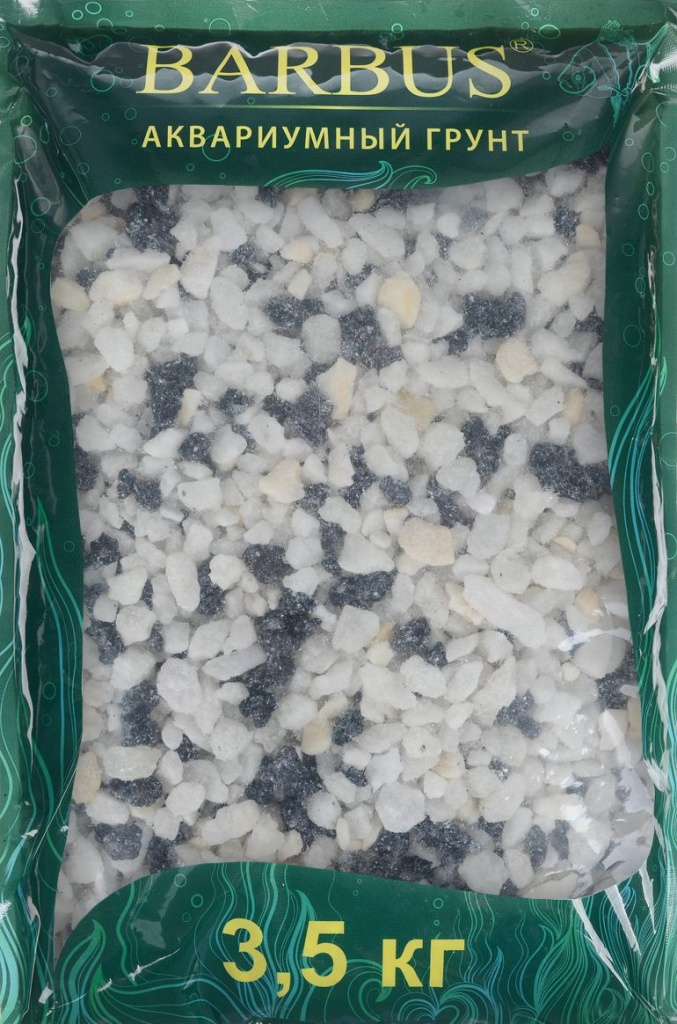
The soil of the domestic manufacturer Barbus is distinguished by a variety of colors and fractions – you can choose a colored or black-and-white “Mix” with a particle size of 2-5 mm or 5-10 mm, focusing on the parameters of your aquarium. The material for the soil is marble chips, which do not affect the pH, but can slightly increase the hardness of the water. All stones in the bag are smooth, without sharp edges. The manufacturer positions this substrate as ideal for cichlids, and buyers praise it for its pleasant appearance and good value for money.
Advantages
-
low price;
-
looks nice in an aquarium;
-
natural materials;
disadvantages
-
not suitable for soft-water fish; over time
-
it loses its color;
Soil for the aquarium “EKOgrunt”, marble chips
Rating: 4.7
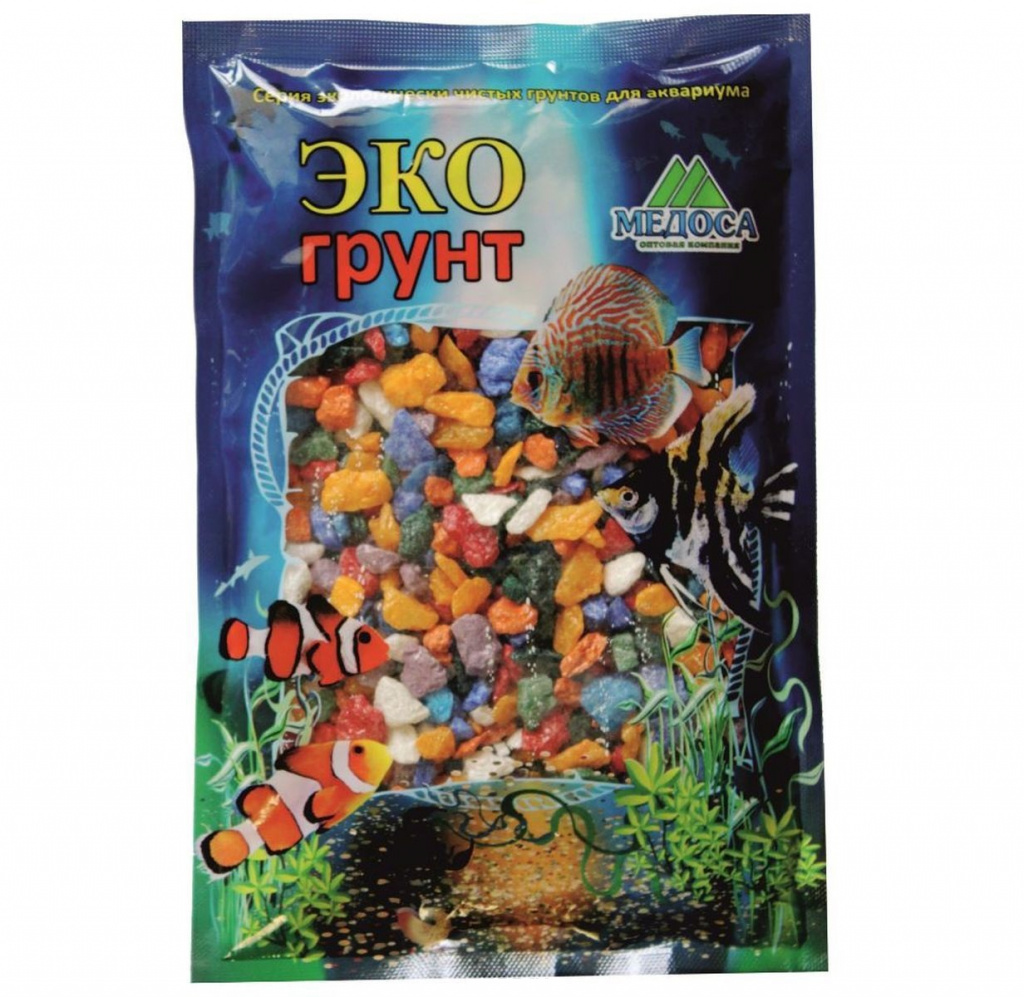
Substrates “ECOgrunt”, as the name implies, are a product of natural origin, harmless to fish. The manufacturer offers a choice of different fractions and colors, but they are united by quality – the edges of the stones are smooth, the dye does not peel off and does not tint the water. The main function of this soil is aesthetic, it looks very beautiful in the aquarium. Like all substrates made of natural marble, “ECOgrunt” has the ability to increase water hardness, but at the same time has a neutral pH. A pleasant addition to the properties of the soil will be its democratic price.
Advantages
-
stable color, does not stain water;
-
good value for money;
-
a large number of options;
disadvantages
-
occasionally there are sharp stones;
-
increases water hardness;
Attention! This rating is subjective and does not constitute an advertisement and does not serve as a purchase guide. Before buying, you need to consult with a specialist.



